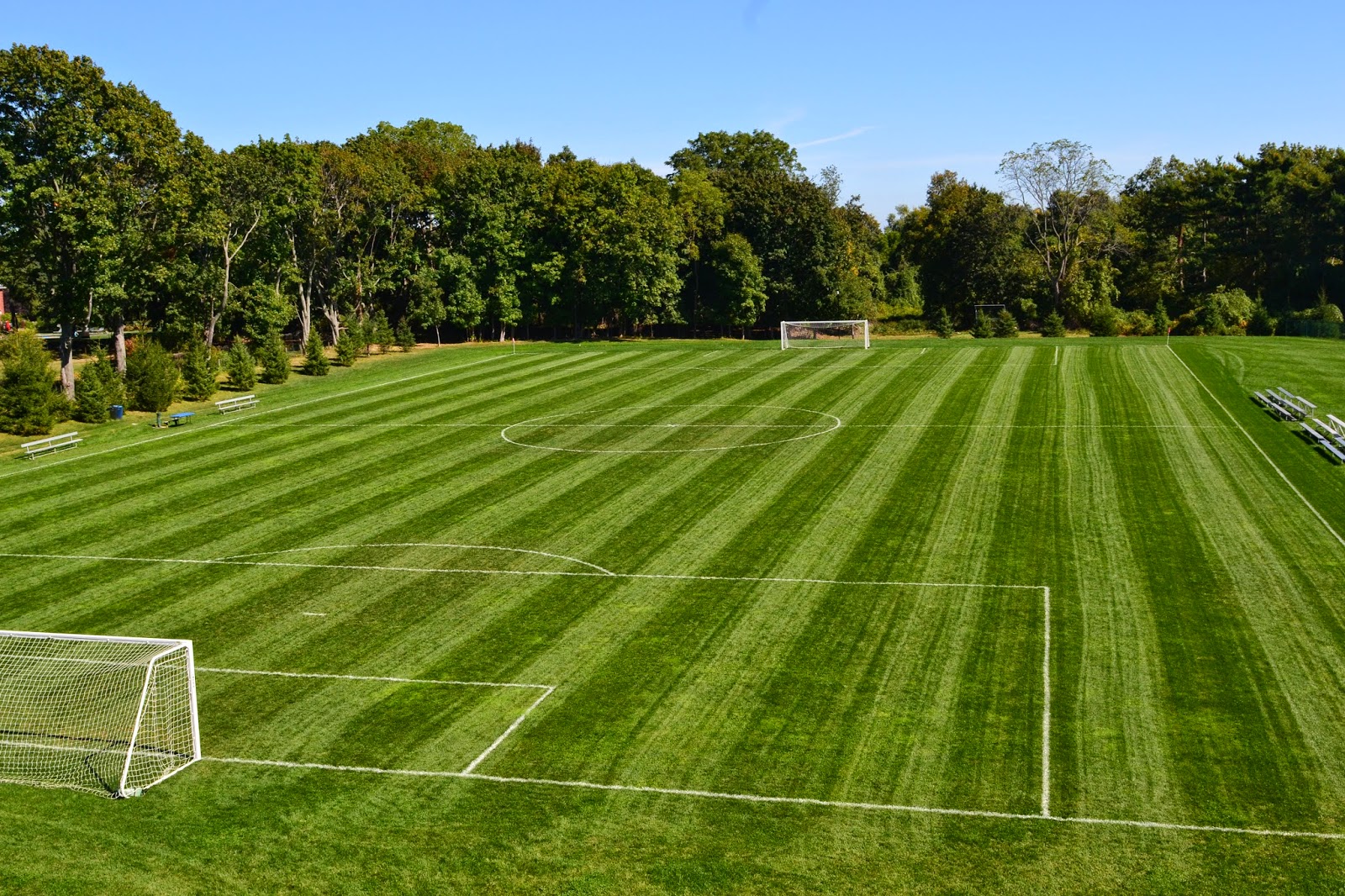 [NOFA 16 April 2015 by Kathy Litchfield] WESPORT (USA) -- Tom Barry used to come home from work with his pants stained blue from the herbicides he had applied on golf courses all day long. The last thing he wanted was for those pants to go into the wash with his family’s clothes. “It was always a question mark, whether the pesticides and herbicides would cause health problems,” said the father of two, aged 3-1/
[NOFA 16 April 2015 by Kathy Litchfield] WESPORT (USA) -- Tom Barry used to come home from work with his pants stained blue from the herbicides he had applied on golf courses all day long. The last thing he wanted was for those pants to go into the wash with his family’s clothes. “It was always a question mark, whether the pesticides and herbicides would cause health problems,” said the father of two, aged 3-1/